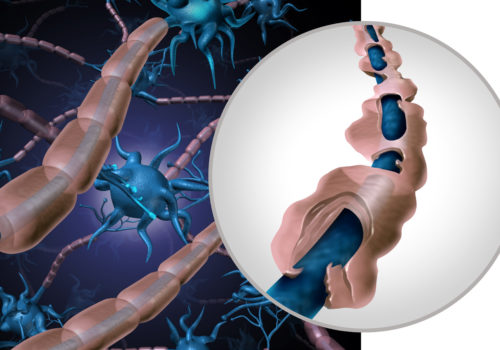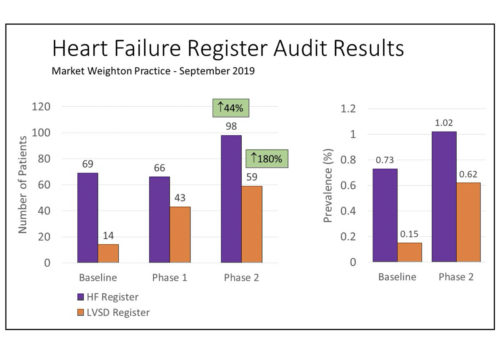High-density lipoprotein (HDL) particles constitute a heterogeneous family of circulating
lipoproteins composed of amphipathic apoproteins complexed to a monolayer of phospholipids
with a central core of free cholesterol, cholesterol esters (CE) and/or triglycerides. Analyses of the
protein components have identified up to 75 different subpopulations of these particles.
However, there are 2 major sub-categories:
1: a dense CE-depleted, protein-rich HDL3 particle (pre-β HDL) and
2: a large CE-enriched HDL2 particle (α- HDL).
Apart from its role in reverse cholesterol transfer (RCT) which involves the transport of cholesterol from lipid-laden foam cells
(macrophages) in the arterial endothelium or peripheral cells to the liver for excretion or
recycling, the HDL particle has been shown to have a wide range of properties which include
anti-thrombogenic, anti-inflammatory, anti-oxidative, anti-platelet and vasodilatory functions.
HDL may also stimulate insulin synthesis in pancreatic β cells.























